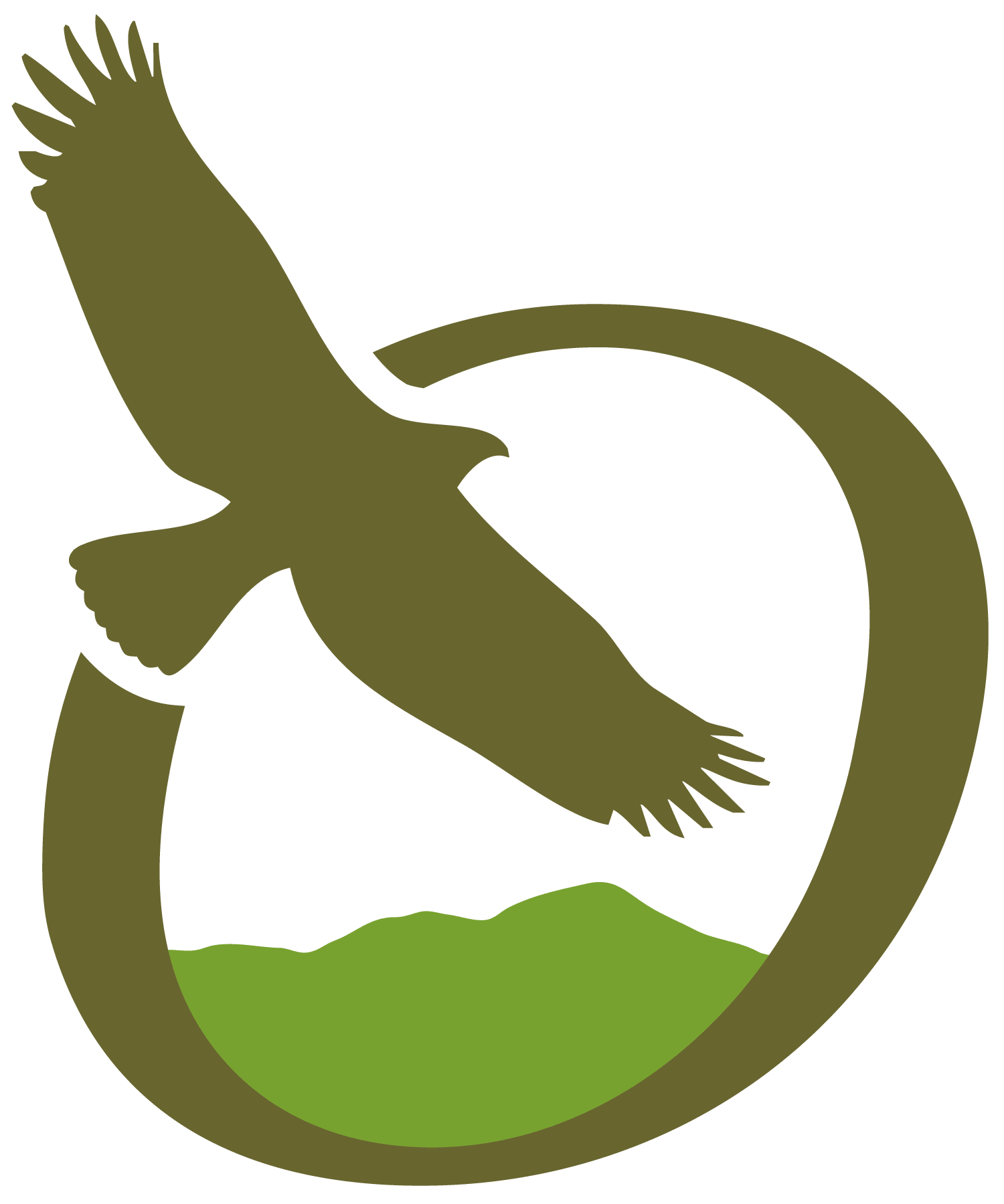Oak Galls
The interesting thing about these galls is that the larvae that emerge in the fall, when there are no leaves (the oaks on top of Shell Ridge are deciduous), then create galls on the roots of the oak. When these "root larvae" emerge, they turn into gall wasps that lay their eggs on the new leaves. Thus, these wasp generations alternate, with one creating galls on leaves and the next generation making galls on the oak root system. Alternating generations may be the adaptation of the gall wasp's "reproductive system" to the seasonal appearance of leaves in deciduous trees. Also, the larvae that emerge in the fall turn out to be all females who have reproduced parthenogenetically (without the aid of males!).
Galls are home to many things
Each gall may contain one or more larvae and many of these larvae have parasites on or in them. These parasites, in turn very likely have their own set of parasites, called hyperparasites. When an egg is laid, the gall wasp may also inject digestive enzymes that break down plant cells into constituent amino acids. This process makes it easier for the larva emerging from the egg to subsequently feed on the gall tissue. In addition to eggs and larva, many galls contain visitors that either nest in the gall or are parasitic to the larva. These visitors are called "inquilines," or animals that live in the abode of another animal. When the gall ripens, birds and squirrels easily eat the soft gall tissues. Eventually, after the larvae emerge, the gall dries out and can become suitable habitat for other insects like ants, bees and wasps.Jerry Fritzke
February 2003




 Join/Renew
Join/Renew Donate
Donate Volunteer
Volunteer Maps
Maps Newsletter
Newsletter Facebook
Facebook
